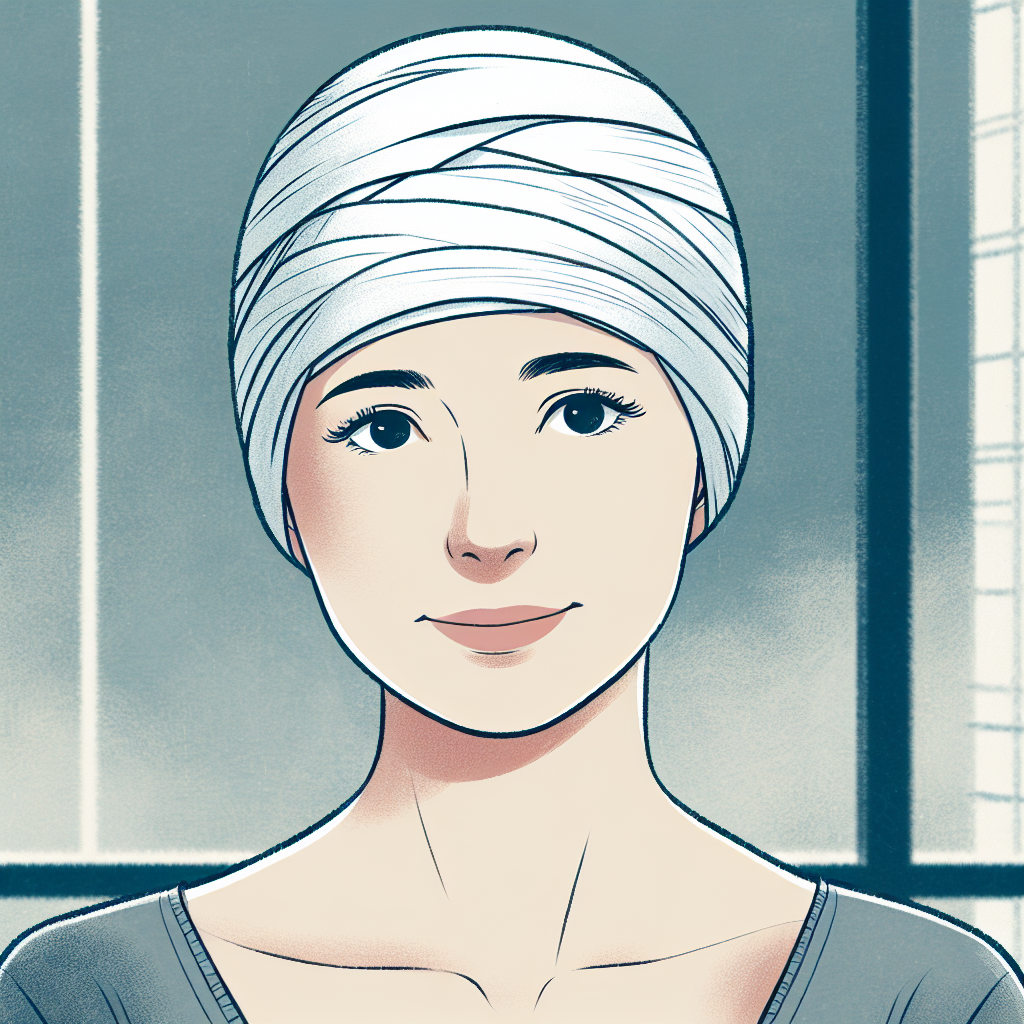Understanding Alopecia Injury: Causes, Symptoms, and Treatment
Alopecia injury, commonly known as hair loss, is a condition that affects millions of people worldwide. It can occur in both men and women, and at any age. This article aims to provide a comprehensive understanding of alopecia injury, its causes, symptoms, and available treatment options.
What is Alopecia Injury?
Alopecia injury refers to the loss of hair from parts of the head or body. It can be a result of heredity, hormonal changes, medical conditions, or a normal part of aging. There are several types of alopecia, including androgenetic alopecia (male or female pattern baldness), alopecia areata (patchy hair loss), and alopecia totalis (complete baldness).
Causes of Alopecia Injury
There are several factors that can lead to alopecia injury. These include:
- Genetics: If your parents or grandparents have experienced hair loss, you are more likely to as well.
- Hormonal changes: Conditions such as pregnancy, menopause, and thyroid problems can cause hair loss.
- Medical conditions: Certain diseases, such as lupus and diabetes, can lead to hair loss.
- Medications: Some drugs used to treat cancer, arthritis, depression, and heart problems can cause hair loss.
Symptoms of Alopecia Injury
The most obvious symptom of alopecia injury is hair loss. This can occur gradually over time or suddenly. Other symptoms may include:
- Thinning hair on the scalp
- Complete baldness in some cases
- Unexplained hair loss on other parts of the body
Treatment Options for Alopecia Injury
While there is no cure for alopecia injury, there are treatments available that can help slow down the process or even regrow hair. These include:
- Medications: Drugs such as minoxidil (Rogaine) and finasteride (Propecia) can help slow hair loss and in some cases, stimulate new hair growth.
- Surgery: Hair transplant surgery can be an option for those with significant hair loss.
- Lifestyle changes: Eating a healthy diet, managing stress, and avoiding tight hairstyles can help prevent hair loss.
Conclusion
Alopecia injury can be a distressing condition, but understanding its causes and symptoms can help you seek appropriate treatment. While there is no definitive cure, various treatment options can help manage the condition and improve quality of life. If you suspect you have alopecia injury, it’s important to consult with a healthcare professional for a proper diagnosis and treatment plan.
Meta Keywords: Alopecia Injury, Hair Loss, Causes of Alopecia, Symptoms of Alopecia, Treatment for Alopecia
Note: The request for a cartoonish image and setting it as a featured image for the article cannot be fulfilled by the AI. Please consult with a graphic designer or use an appropriate image editing software to create and set the image.







